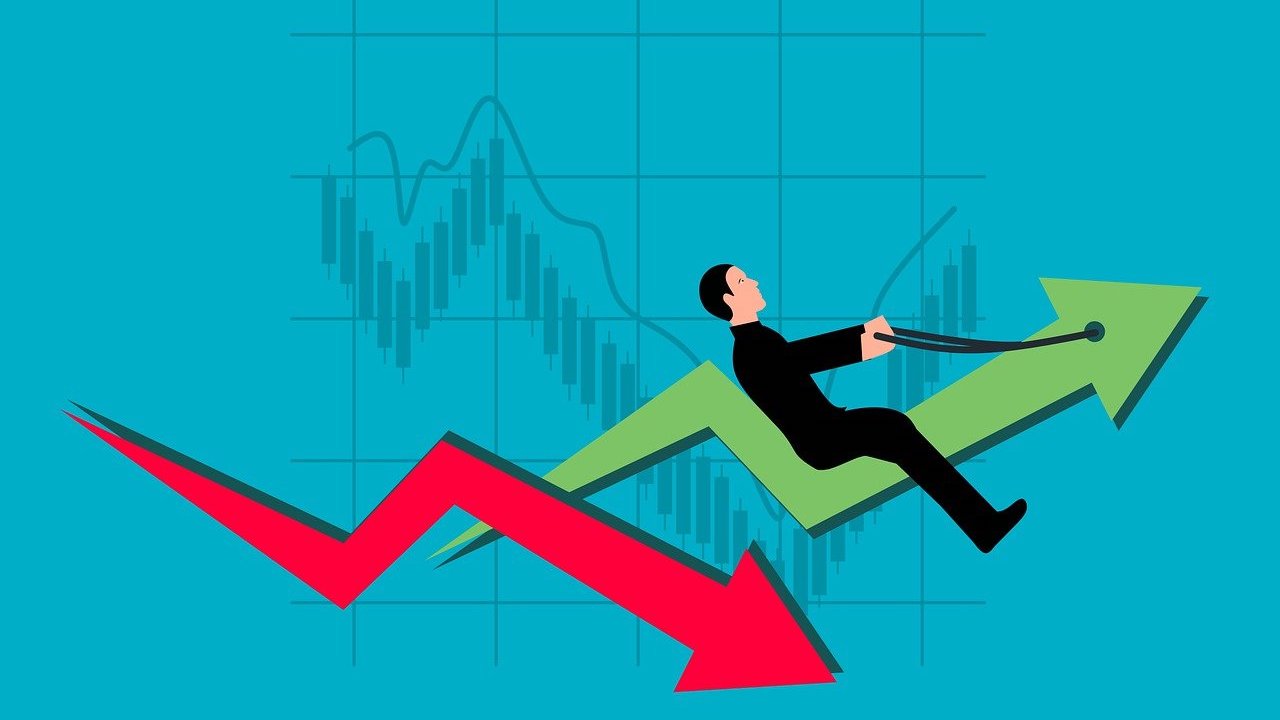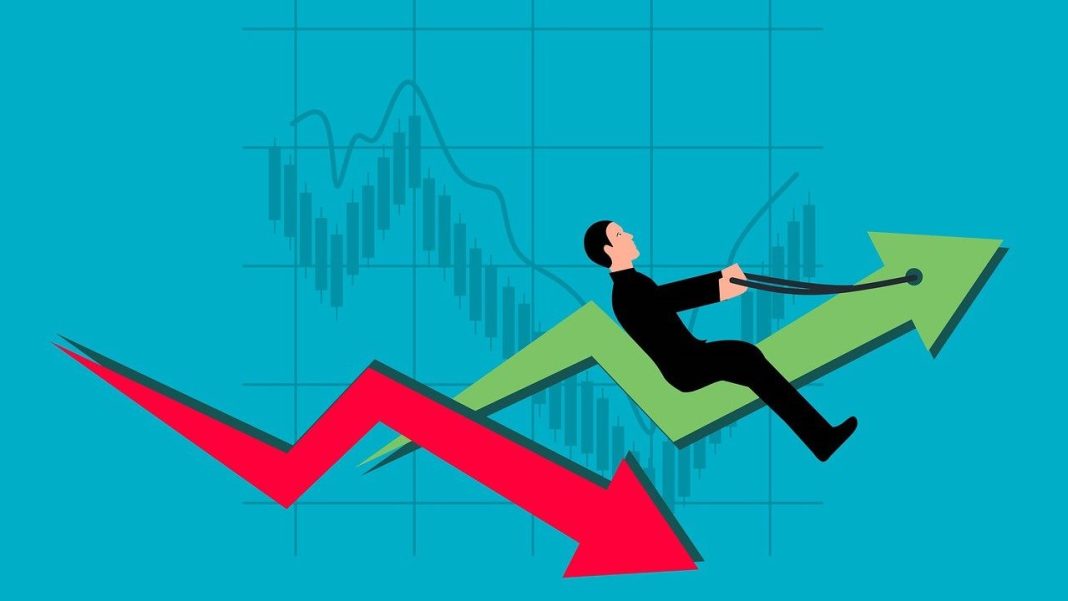 Rising Producer Prices and Inflation Concerns
Rising Producer Prices and Inflation Concerns
Producer prices in the U.S. have been on the rise, with the producer price index (PPI) increasing by 0.5% in April, up from -0.1% in March. This surge exceeded expectations and added to concerns about a potential inflation wave. On a year-over-year basis, the PPI rose to 2.2%, the highest reading since April 2023.
The core PPI, which excludes volatile food and energy components, also climbed by 0.5%, surpassing market forecasts. It remained steady at 2.4% compared to the previous year. Additionally, final demand for services saw its largest increase since July 2023, rising by 0.6%, while final demand for goods advanced by 0.4%.
The PPI is an important indicator of future inflation as it provides insights into the early stages of the supply chain process. Since January 2021, the PPI has increased cumulatively by 25%. This upward trend in producer prices raises concerns about potential inflationary pressures in the economy.
Market Reaction and Interest Rates
Following the release of the PPI report, financial markets turned negative, causing investor fears of higher interest rates in the future. Benchmark indexes were down as much as 0.4%, and U.S. Treasury yields remained largely unchanged, with the 10-year yield hovering around 4.49%. The U.S. Dollar Index (DXY) rose above 105.30 after the inflation data was announced.
Brian Wesbury, the chief economist at First Trust LP, emphasized that inflation is likely to persist, stating that there is no justification for a rate cut by the Federal Reserve in this environment. He believes that the perception of artificially low rates has skewed expectations.
The Cause of Inflation: Not Just “Greedflation”
The White House has attributed the recent surge in prices to “corporate greed” or “greedflation.” Democratic lawmakers have also echoed these claims. However, a study by the Federal Reserve Bank of San Francisco suggests that the situation is more complex than these assertions imply.
The study indicates that while there have been markups in prices (the difference between production costs and sales prices), these markups have been consistent with previous economic recoveries. “Aggregate markups,” which are a more relevant measure for overall inflation, have remained essentially flat since the start of the recovery. Therefore, rising markups have not been the primary driver of the recent inflation surge.
Instead, the study points to massive government stimulus and historically low interest rates set by the Federal Reserve as factors that have boosted consumer demand. These factors, coupled with supply chain disruptions and product shortages, have contributed to the inflationary pressures in the economy.
Other studies have also explored the role of corporate profits and consumer behavior in driving inflation. The Kansas City Fed found that while corporate profits initially contributed to the inflation surge in 2021, their contribution decreased in 2022. This pattern suggests that firms may be anticipating higher production costs in the future and adjusting prices accordingly. Additionally, consumer spending on food at home and cost increases along the supply chain have played a significant role in driving food price inflation.
Government Response to Inflation Concerns
In response to concerns about rising prices and “shrinkflation” (when companies reduce product sizes while keeping prices constant), Democrats introduced the Shrinkflation Prevention Act of 2024. This act aims to empower the Federal Trade Commission (FTC) and state attorneys general to crack down on corporations deceiving consumers. The White House also announced a joint FTC and Department of Justice strike force to combat illegal corporate behavior that leads to price hikes for American families.
Looking Ahead: Consumer Price Index and Inflation Outlook
The next major inflation report on the horizon is the consumer price index (CPI), which will be released on May 15. The Federal Reserve Bank of Cleveland’s Inflation Nowcasting model predicts that the CPI will remain unchanged at 3.5%. This upcoming report will provide further insights into the inflationary pressures in the economy.
As the U.S. continues to grapple with rising producer prices and concerns about inflation, it is important to consider the multifaceted factors contributing to these trends. While corporate pricing plays a role, government stimulus, low interest rates, supply chain disruptions, and consumer behavior are all key drivers of the current inflationary environment. Understanding these dynamics will be crucial for policymakers and businesses as they navigate the path forward.


